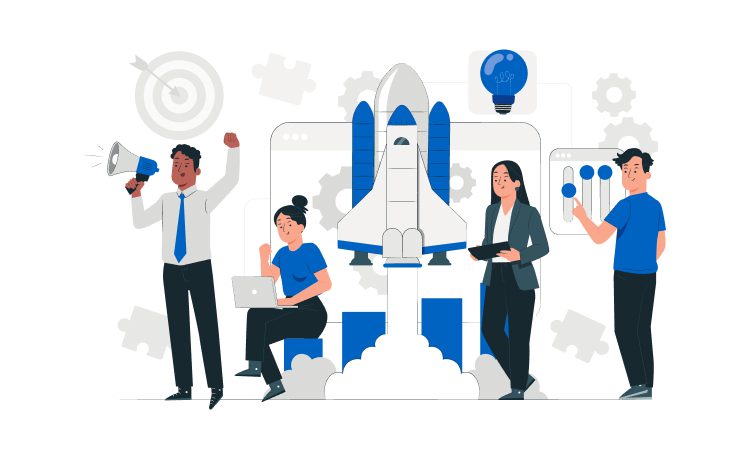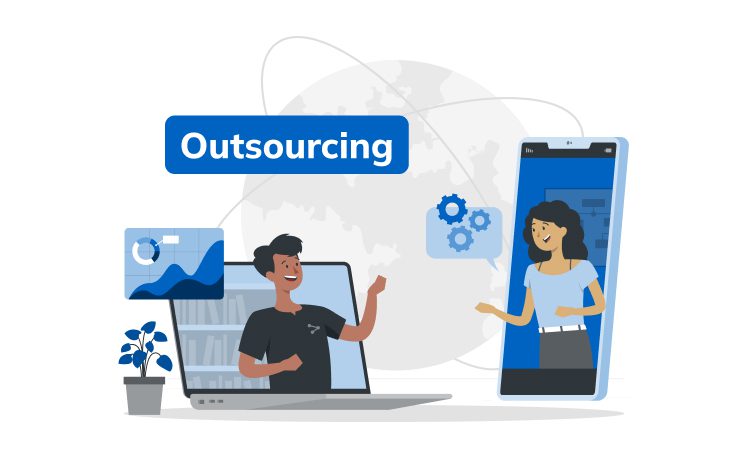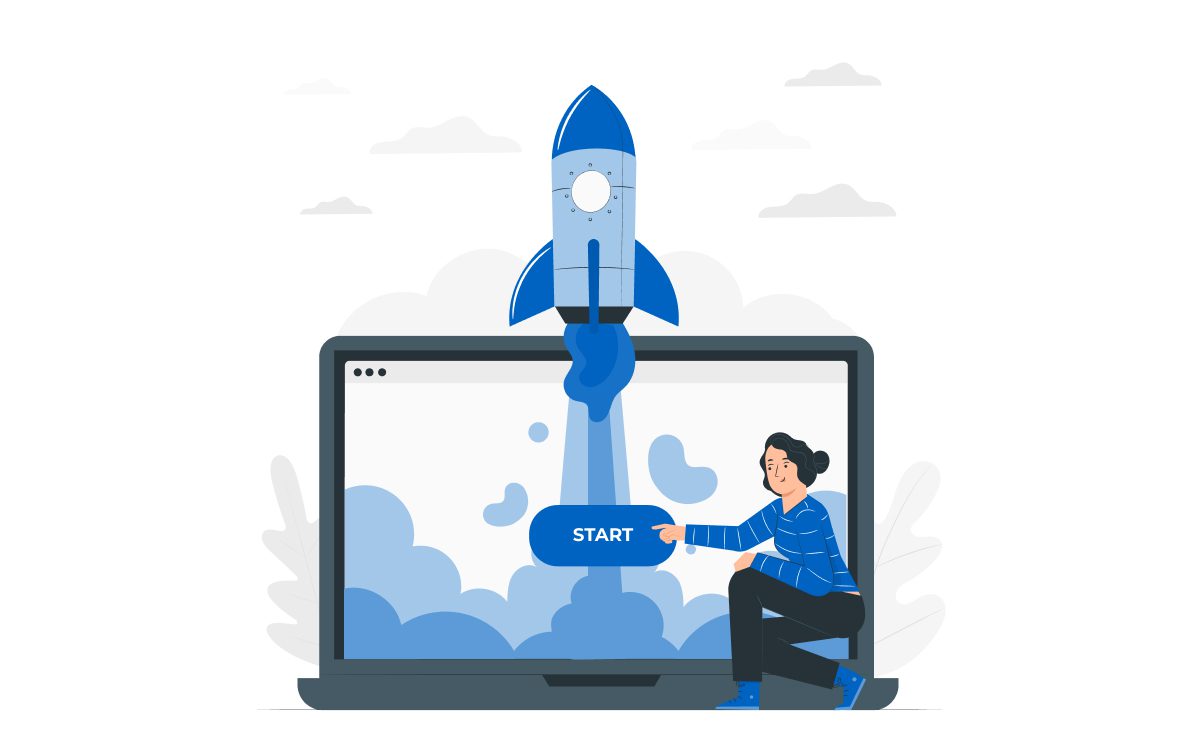
Software Development for Startups: An In-depth Guide



Startups today are working hard to stand out from the competition and establish themselves in the rapidly evolving market. One of the most essential tools for this growth is software development. Software development for startups can accelerate their growth with custom apps, scalable and flexible software engineering, and cost-efficient decisions. Software product development has become increasingly popular in recent years. For instance, the Clutch 2024 survey revealed that 83% of companies had adopted custom software, a significant increase from approximately 62% in 2018.
Working with a custom software development company is already a necessity for many startups, but what about the software itself? Do you already have a product idea or the type of software you want to create? Do you have proper team members or a software development partner that can finalize your project? These and more questions go unanswered for the startup founders. That’s why we created this guide to software development for startups to help you understand the best software development practices and guide you through this huge step toward growth.
Content
It would seem that rushing a software development project is a bad idea, right? Software companies will recommend planning every step carefully and slowly. That’s correct – it’s never a good idea to rush through the essential steps; however, there are methods of speeding up the development of your startup software product without losing quality and key features. In this section of the article, we’ll explore why it’s essential to speed up software development for startups.
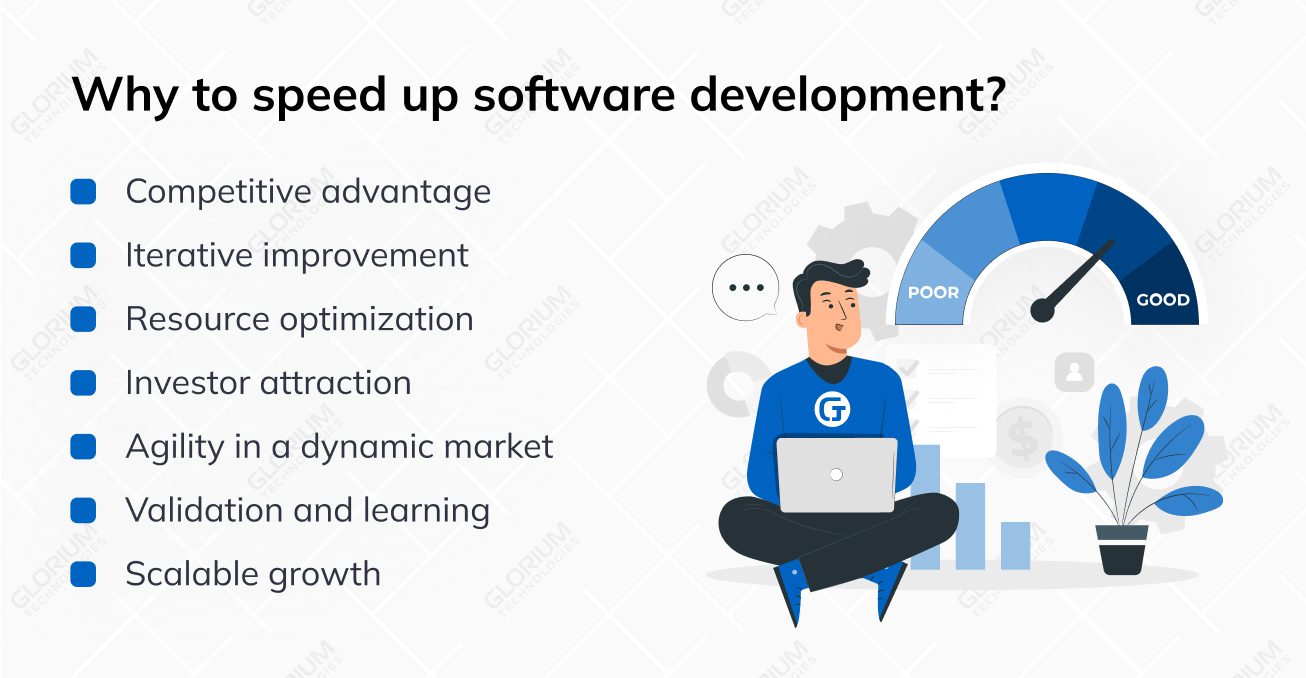
As a professional software development firm, we recommend considering the following aspects of software development for startups:
Software development for startup companies can significantly benefit from accelerated creation and minimal viable product creation to test the grounds before releasing the final product.
The way you conduct the whole development process will impact the quality and likeability of your products. We recommend working with a startup software development company that uses agile practices and has experience working with companies like yours. In this section of the article, we’ll explore a step-by-step process of software development for startups.
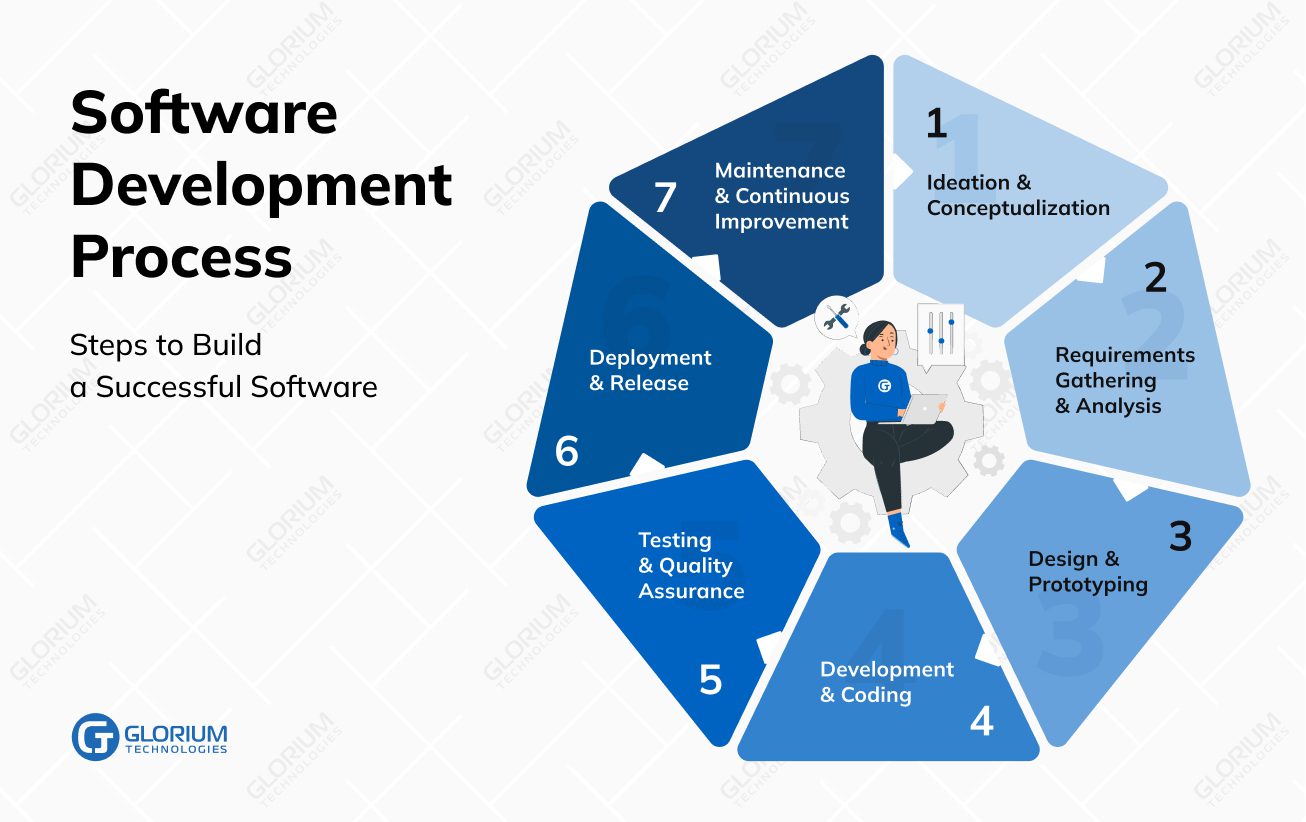
In simpler words, the first step of software development for startups is coming up with the idea and drafting the concept. You can’t skip this step or rush it since it requires brainstorming, identifying market gaps, and envisioning solutions that address the specific needs of your potential customers. At this stage, you need to have a complete idea of your product.
This stage requires getting to know your audience and stakeholders better. We recommend conducting interviews, surveys, and workshops to capture detailed requirements and offer your audience what they need. You must also define the MVP scope, including key features and advanced functionalities.
At this stage, you’ll be able to see how your product will be presented. Professional UI/UX designers and software architects will collaborate to create an intuitive design and infrastructure for your product prototype. You’ll be able to validate your solutions’ functionality, usability, and flow. This stage sets the foundation for the coding phase and plays a crucial role in delivering a user-centric software product.
Finally, we’ve reached the coding stage. This is, obviously, not the last stage, but it’s one of the most significant elements of software development for startups. At this stage, your solution takes shape. Project managers use agile development methodologies to break the project into smaller and more manageable tasks or user stories. Developers start writing code, and QA engineers create testing scenarios to identify and fix bugs. This collaboration delivers the first result.
For this stage, QA engineers and experts create real-life scenarios to test your product both manually and with automated methods. You’ll test your system’s performance, functionality, security, and compatibility across different platforms and devices. This stage ensures you don’t launch an insufficient product.
After successfully passing testing and quality assurance steps, your product is ready to see the light of the day. A professional company with experience in software development for startups will advise you on the form and time of deployment, and it’s ready for a smooth launch.
Don’t forget that deployment is not the last step of software development for startups. Once your product is available, you’ll find some slipped inefficiencies or will have to deal with updated industry regulations, market demands, and other challenging environments. That’s why, even post-launch, your product requires continuous improvement and maintenance.
It’s time to explore some of the most interesting and available methods of speeding up software development for startups. We’ve worked with various small, medium, and large companies and have used these methods to speed up time to market while maintaining the quality and functionality of products. Here are our most recommended methods:
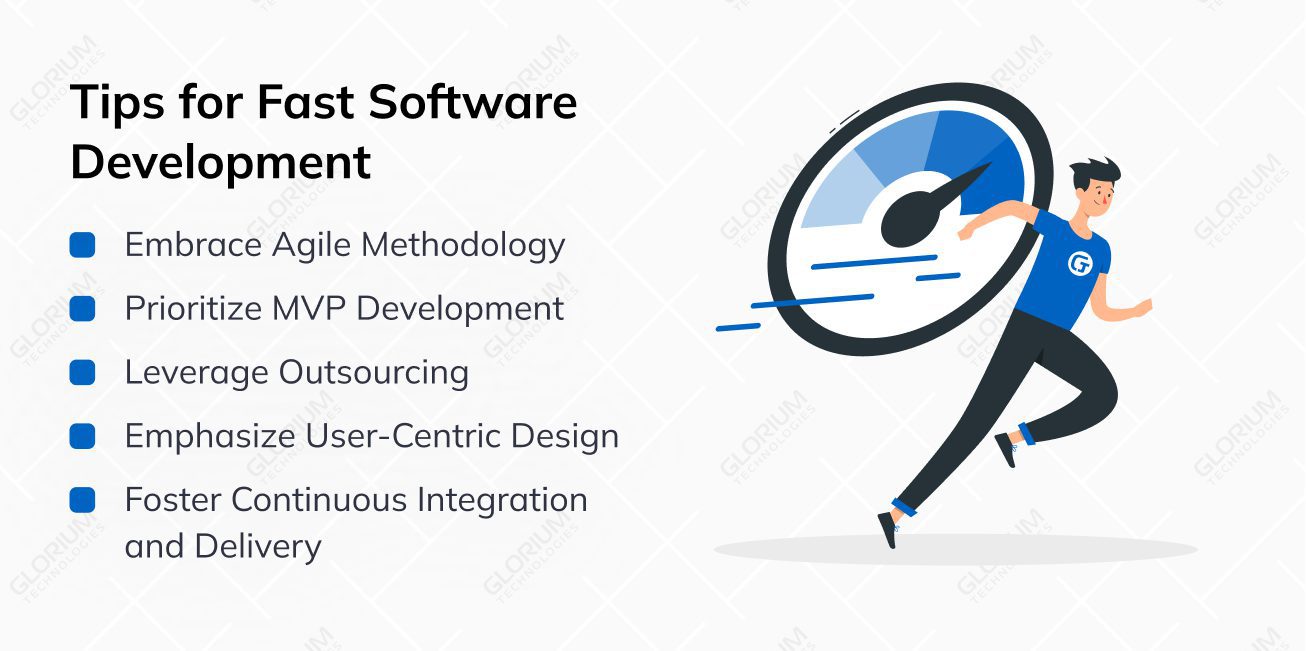
Startups work in environments where dynamics shift regularly and demand changes. That’s why it’s essential to use Agile methodologies, which embrace the changes rather than resist them and prepare companies for adopting new markets and shifts. Agile professionals and PMs break projects into bite-sized elements and create more flexibility. This flexibility allows companies to quickly respond to changes while their competitors are still trying to figure out what’s going on.
One essential tip that we can give to companies for software development for startups is to prioritize working on MVPs rather than jumping into developing the final product. Why? First of all, creating MVP takes much less time than developing a full product. They also give companies flexibility and space to observe how their users interact with their product idea and adjust features and functionalities without major changes to the final product. This approach not only speeds up the time to market but also allows you to deliver the exact product your audience needs without spending extra resources. If you want to work with professionals, we recommend you outsource software development services.
By prioritizing MVP development, startups can minimize the risks associated with building a product that may not resonate with the target audience, enabling them to pivot or iterate early on based on real-world user validation.
It helps to concentrate on the core features, startups can streamline their development efforts and avoid unnecessary complexities. It allows them to release an initial product version sooner, gaining an early foothold in the market and capturing early adopters. The rapid time-to-market provides startups with a competitive advantage and generates valuable user feedback and market insights that can be used to iterate and improve the product.Anna VoznaAccount Executive, Glorium Technologies
One of the ways to speed up software development for startups is to outsource the process to a professional company. Outsourcing has been a popular strategy for companies to speed up the process using external expertise. Companies like Slack, Apple, Google, Skype, and Alibaba outsource some parts of their software creation to external sources. This is a cost-effective method of creating final products with the help of a global talent pool.
What does this mean? Such growth signifies that companies are increasingly adopting outsourcing in their workflows as they recognize the numerous benefits and advantages it comes with, including:
Did you know that 79% of users will look for alternative solutions and sites if they dislike the design of your product? More importantly, up to 88% of online consumers are less likely to revisit a site after having a negative experience with it. UI/UX is a critical factor that attracts and retains new and existing users and dictates your products’s success. Speedy prototyping and MVP creation can tell you a lot about what design and interactions your users prefer and what frustrates them. Such observations will help you release the final product faster.
Don’t leave your product after the deployment. Promote continuous improvement, code changes, bug fixes, design changes, and more. Make sure you’re getting regular feedback from your users and QA specialists that you can use to improve and enhance the quality of your solution. This approach helps companies reduce time spent on changes and updates and quickly respond to market demands.
Startup owners sometimes have to be the jack of all trades. However, wearing multiple hats to keep your business running smoothly isn’t good for you or your company in the long run, especially if you’re developing a tech product. We recommend working with an outsourcing agency that can help you create a solution that fits your startup like a glove. Here are some essential software development services for startups you can outsource confidently:
You can confidently outsource the above-mentioned services to a professional agency and focus on strategic decisions and your company’s day-to-day workflows.
At Glorium Technologies, we prioritize creating high-quality custom solutions that fit your company like a glove. For a startup, every second matters, so we encourage you to schedule a free introductory consultation with our experts to discuss your project idea, ask questions, and see how we can help you.
Since our team uses agile methodologies, we’ll be able to adapt to changing requirements and make sure your product aligns with your vision even in the middle of the process.
Yes. We build flexible solutions that can easily be integrated with pre-existing systems and tools.
You can implement continuous testing and quality assurance. We recommend working with professionals who can help you identify potential inefficiencies quickly so you don’t launch a low-quality product while trying to speed up the process. This way, you can mitigate risks, reduce rework, and deliver reliable programs faster.
We prioritize effective team collaboration and communication during regular and speedy processes. We use Agile methodologies to split projects into bite-sized elements and manage them individually, update each other regularly, use collaborative tools, and track updates in a single source. Such an approach not only creates products faster, but guarantees minimal disruptions and high quality.
Continuity is essential for every company, especially for startups that see regular growth. That’s why we recommend embracing scalable technologies, building custom solutions, and fostering a culture of innovation. Regularly evaluate and improve your practices, use cloud infrastructure for better flexibility, encourage continuous learning among your team members, and work with professionals to delegate high-risk jobs.

